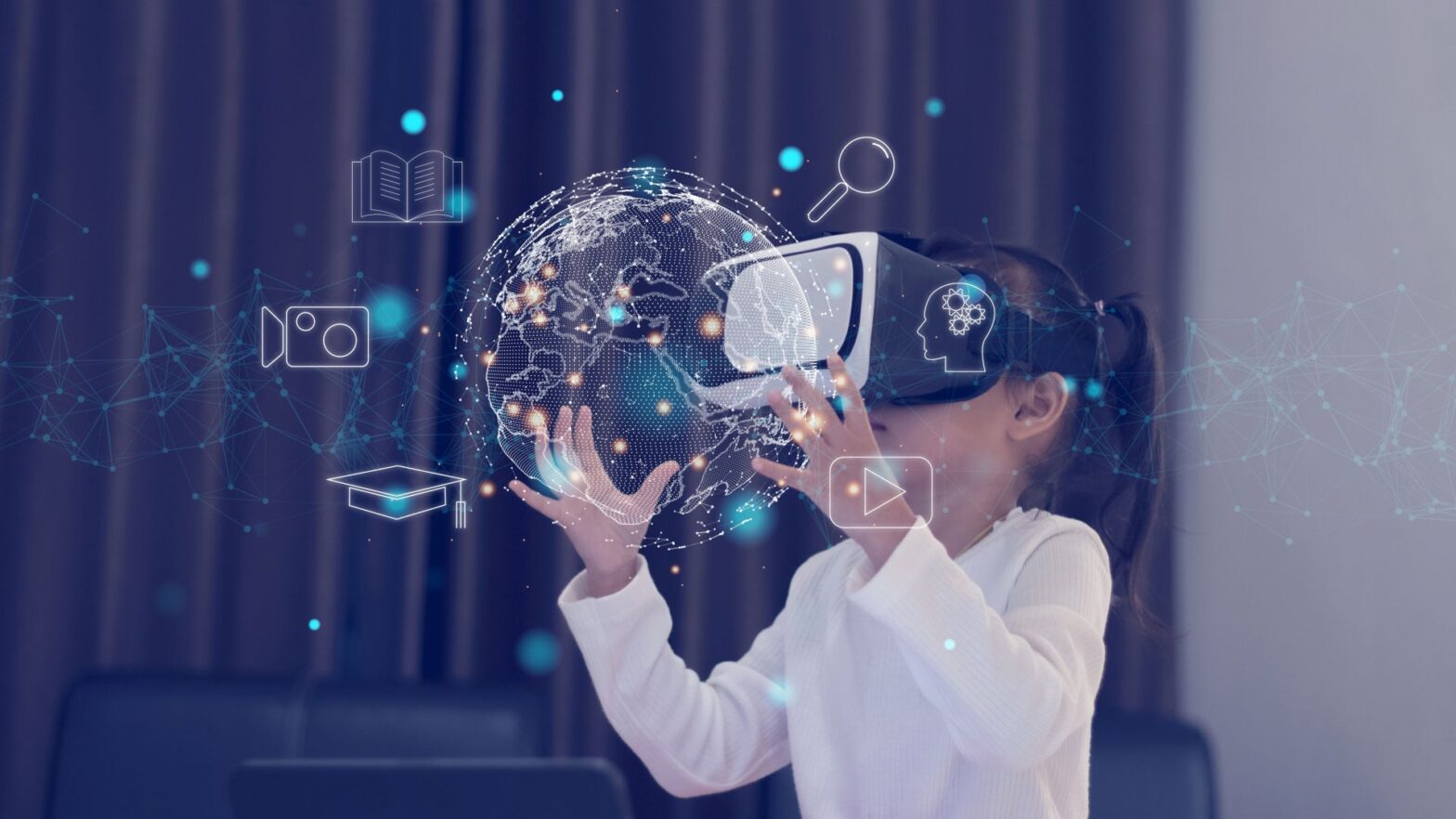Virtual Reality in the field of education has vast applications. To understand this, let’s look at its definition.
What is virtual reality?
The use of specific pieces of hardware called virtual reality glasses or devices to give users a simulated experience. It uses pose tracking and 3D near-eye displays to give its users an immersive feel of a particular virtual world. They find use in education, gaming, business meetings and more. Therefore, Its use in education is on the rise with the ability to help students get a more realistic picture of what they learn in classrooms.
Rather, with 3D glasses, students will be able to see the characters or objects of their lessons in action right in front of them. Though this happens in the virtual world, it feels as if the student is experiencing it directly.
Applications of virtual reality in education
Virtual reality helps empower students.
- Boosting student engagement: Virtual reality makes learning very engaging and interactive for students and teachers. Hence, there’ll be a surge in excitement for learning where VR is in use.
- Virtual field trips: Educational trips form an important component of school education. They provide students with the visual and audio experience apart from the feel of what they learn in class. But certain conditions, such as the recent COVID-19 pandemic, make it impossible.
- Hence, VR systems help students undertake such educational trips without the need to move out of their classrooms or even homes if needed. It’s even possible to give more live effects to this VR experience by connecting it to systems that mimic the temperature, wind speed and other factors at the site being visited.
- Experience-based learning: Students learn better when they experience it. The traditional system of learning is more focused on classroom-based learning. Virtual reality makes it possible to experience classroom lessons in a simulated environment using VR headsets.
- Also, combining these devices with sensors can change the display when the students move. This kind of learning is more relatable and retainable.
- Distance learning: In situations where it is not possible to attend school, such as during periods of heavy rainfall and waterlogging, pandemics, etc., virtual reality helps students access resources online and learn. Pre-recorded virtual reality graphics can be viewed for learning purposes multiple times.
- All students have to do is log in to a designated portal, be it their school or a third party and access their curriculum learning content in virtual reality. This also adds fun to learning.
Other applications and the future of virtual reality
VR headsets, in collaboration with other systems, are helpful for students in sports training, virtual museum visits, 3D study of human or animal anatomy and many more applications. So, this is a safe way for students to learn something new without injuring themselves.
Hence, vr, as a technology, is very promising for the future of education. With ethical usage, it can help bring out the best in students.
Skill Stork is the best international school in Warangal. We deploy technologies such as VR and AR to make our students future-ready. Hence, if you’re looking at your child’s bright future, stop here. Contact us, and we’ll do the rest.
